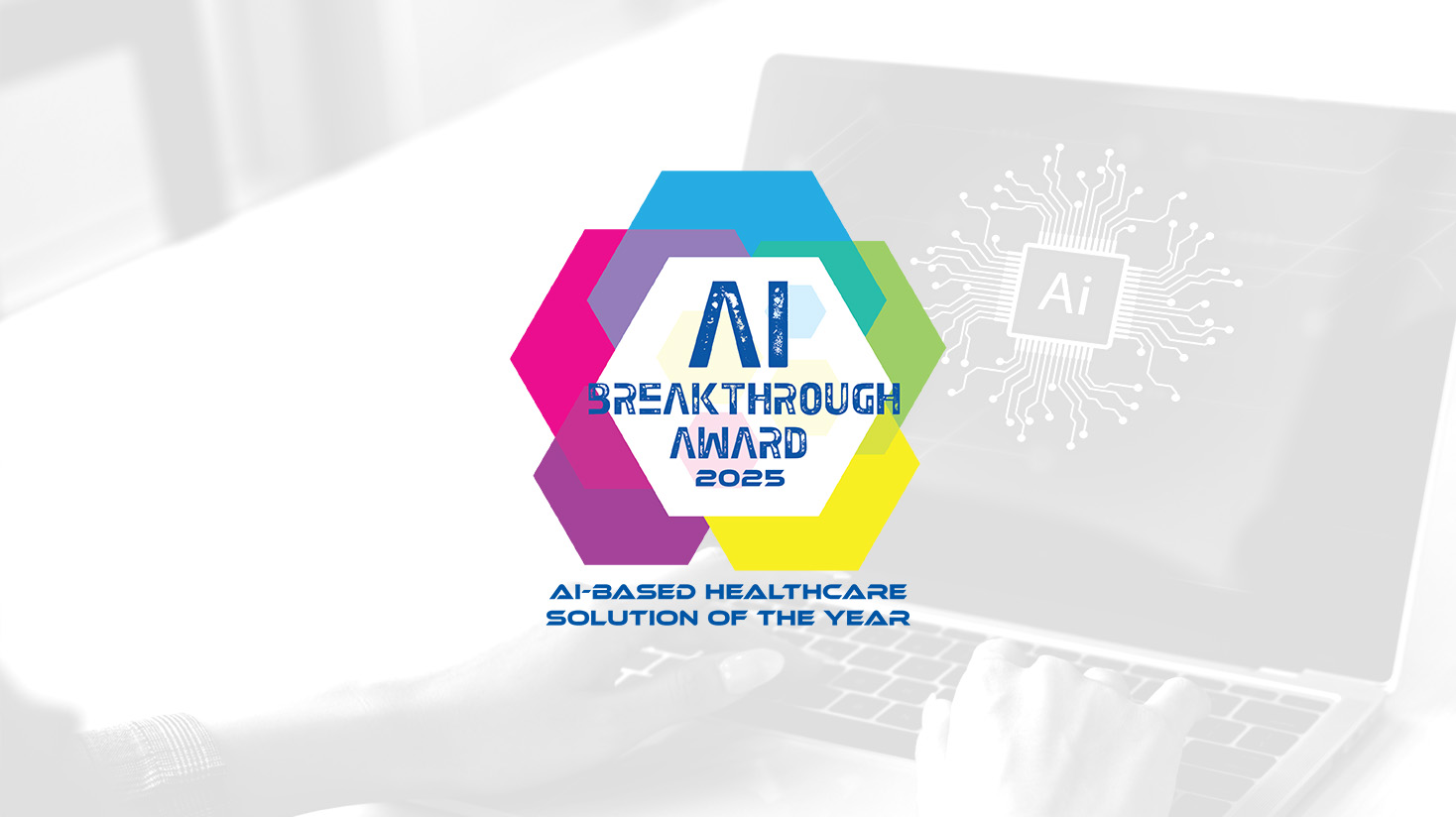Interested in seeing a demo?
Fill out the following information (please ensure you provide some detail on the problem you are looking to solve or the Messagepoint product you are interested in).

This second blog is part of the ongoing series we introduced last week called “Introducing Customer Touchpoint Messaging 2.0” to explain how Touchpoint Messaging 2.0 simplifies the planning and execution of customer messaging programs. If you’ve ever experienced the process of building and managing messaging programs, this topic will surely hit home with you.
Today, far too many advanced messaging programs are designed and maintained using basic desktop tools like Excel. Elaborate multi-tabbed spreadsheets are used to author and manage content variations (the actual message), as well as the required targeting and personalization rules. Their complexity and size is driven by the number of unique applications or brand variations you need to support, and typically become unwieldy to manage. These spreadsheets also act as a messaging specification doc to be handed over to development to implement and interpret using composition software. But they also serve as a vehicle for internal stakeholders (marketing, branding, compliance, legal, business) to review and approve messaging content, timing and targeting, through the wonderfully inefficient workflow tool called email. That is the state of messaging management in the 1.0 world. Like any great tool, Excel can be used to do virtually anything (after all, hammers can do more than just pound in nails!), but is it really the right tool for the job? Clearly, what’s needed for message management is a purpose-built platform.
One of the keys to Customer Touchpoint Messaging 2.0 is to move beyond the spreadsheet to a centralized, web-friendly platform – securely assessable from within or outside the corporate walls. A Touchpoint Messaging Platform accelerates execution and simplifies message management by providing a centralized and controlled environment where the messaging lifecyle is managed in one secure place. Through this platform, users maintain control over the things they care about and ultimately own, without tying up valuable IT and programming resources. Content and targeting is no longer left to others to transpose, translate or interpret, but is authored once and controlled by the same individuals who used to manage the spreadsheets and had to verify that their content was faithfully rendered by someone in IT operations . From a central location, it also becomes easier to enable and support greater collaboration among content stakeholders, through more formal, virtualized approval workflows, especially when everyone is looking at the exact same content that will be sent to customers!
Stay tuned for Part 3!

Prestigious International Annual Awards Program Honors Standout AI Companies & Solutions LOS ANGELES, Calif., June 25, 2025 –…
Read the Article
TORONTO, June 20, 2025 – Messagepoint announced today the appointment of Jen Trewick in the role of director,…
Read more
Picture this: A customer seamlessly signs up for your insurance policy through your sleek mobile app in under…
Read the Article